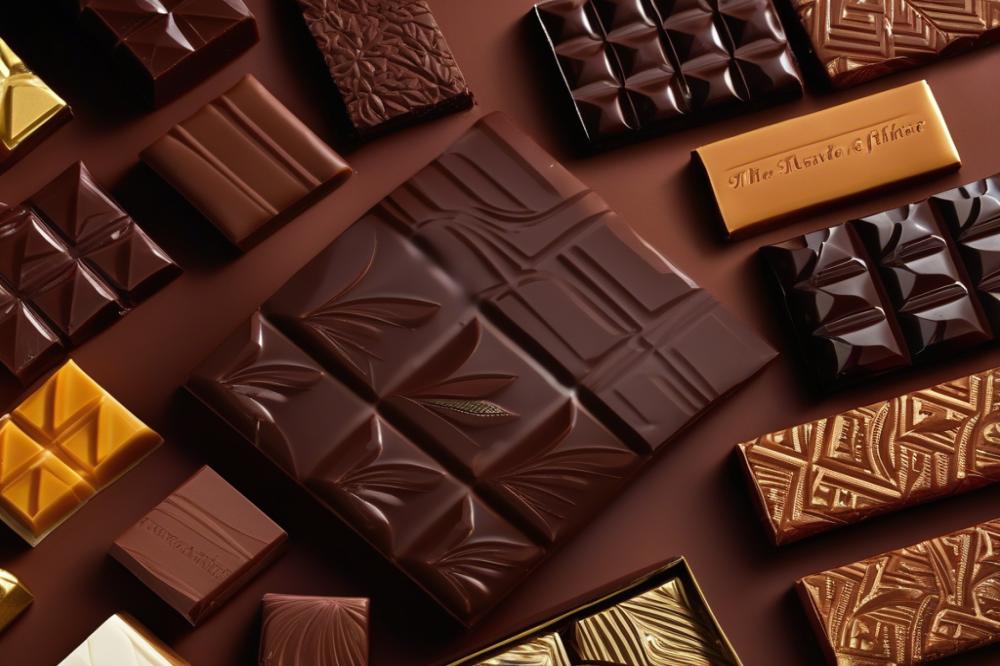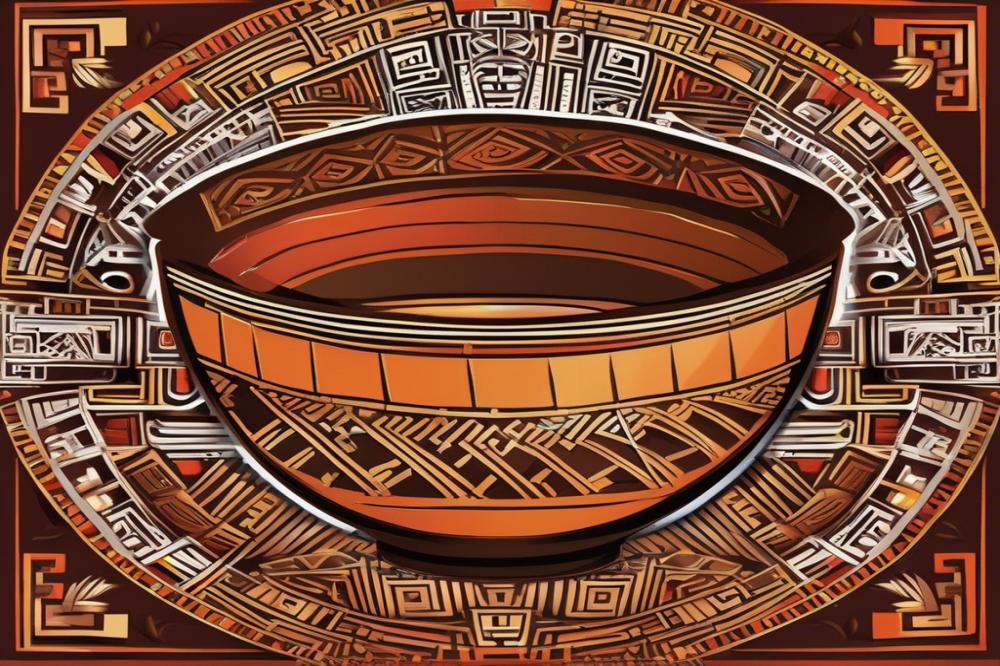The Rise of dark chocolate as a gourmet product
Many people have noticed a shift in the way chocolate is perceived in our culture. Over the last few years, a growing number of consumers have embraced dark chocolate as more than just a sweet treat. This shift reflects an increasing appreciation for quality and the craftsmanship involved. It has transformed from a common confection into a gourmet product that excites connoisseurs and casual eaters alike.
Chocolate makers have played a significant role in this evolution. They emphasize the importance of cacao origin and the unique flavors that can arise from different regions. artisanal brands now focus on small-batch production. Such attention to detail allows them to highlight tasting notes that attract enthusiasts. Beyond taste, health benefits have also caught the eye of many. Research often points to dark chocolate’s rich antioxidants, making it a more appealing option for the health-conscious consumer.
Pairing fine chocolate with various foods has become a popular trend, showcasing the versatility of this once-ordinary treat. Pairings can enhance the experience, turning simple indulgence into an art form. Events centered on chocolate tasting have grown, where fans gather to explore flavors and textures. Through these gatherings, knowledge and passion for quality chocolate are shared widely.
Sustainability is another topic leading to increased interest. More consumers want to support brands that prioritize ethical sourcing. This consciousness drives customers to seek products that align with their values. As a result, these choices in the marketplace continue to shape the future of how we enjoy chocolate. Dark chocolate shines as a symbol of this remarkable transformation, inviting everyone to savor a deeper, richer experience.
The Historical Journey of Chocolate

The story of chocolate begins thousands of years ago with the use of cacao in ancient cultures. Indigenous peoples in Central America, particularly the Mayans and Aztecs, revered cacao beans. They created bitter beverages flavored with spices, served during ceremonies and important rituals. This drink was far from the sweet treats we know today; it was often enjoyed by the elite and associated with power and fertility.
As time passed, tastes began to change. The transformation from that bitter beverage to a sweeter indulgence happened gradually. The introduction of sugar and milk in the 17th century made chocolate more appealing to a broader audience. This shift marked the beginning of chocolate as a delightful treat rather than a sacred drink.
Chocolate’s Journey to Europe
When chocolate made its way to Europe, it sparked a sensation. By the early 18th century, it had evolved into a fashionable drink, cherished by nobles and the affluent class. Chocolate makers began crafting fine chocolate bars and delicacies, catering to the growing demand. Various flavorings and improvements were introduced, enhancing the overall experience.
Connoisseurs delighted in refined chocolate pairings, enjoying it with fruits and wines. The emergence of artisanal chocolate shops accelerated the appreciation for premium cacao products. People became more conscious of cacao origin and the story behind each bar. This awareness opened doors to conversations about sustainability, impacting how chocolate is sourced and produced.
Over the years, dark chocolate gained attention for its health benefits. Nutritionists praised it for antioxidants and other properties. More consumers started seeking out high-quality options, looking for unique tasting notes in each bite. As a result, dark chocolate became a symbol of indulgence, and gourmet products gained popularity.
The Emergence of Dark Chocolate as a Gourmet Product
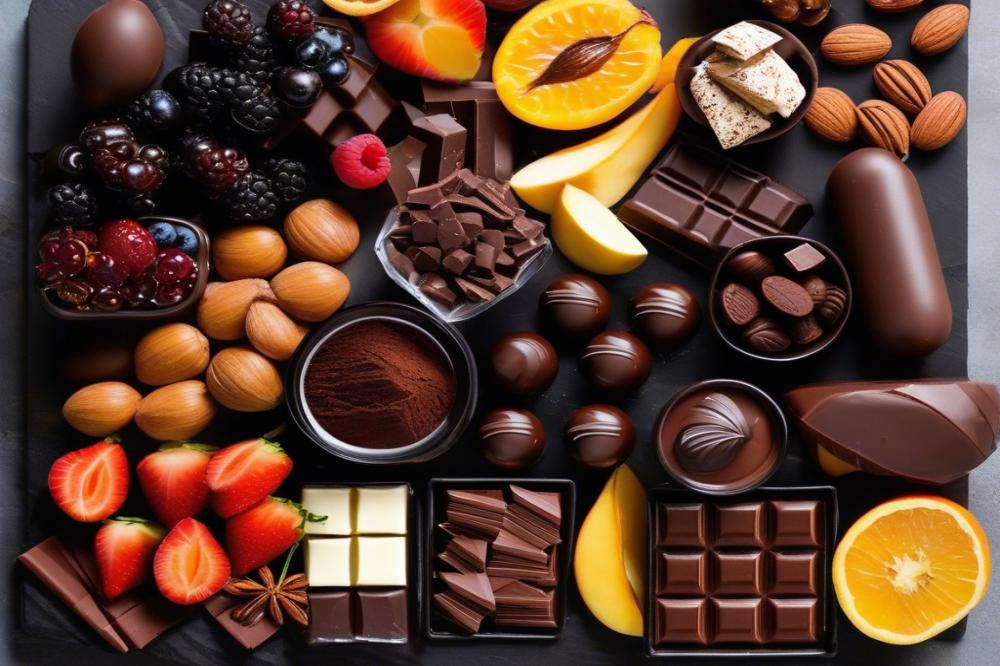
Dark chocolate is a type of chocolate that contains a high percentage of cocoa solids and cocoa butter, with little to no milk solids. This rich confection is known for its intense flavor and complex tasting notes. The health benefits associated with dark chocolate are impressive, as it is often considered a healthier alternative to its sweeter counterparts. Research has highlighted antioxidants in dark chocolate that may promote heart health.
When comparing dark chocolate to milk and white varieties, differences become clear. Milk chocolate has added milk, lending it a creamier and sweeter taste. White chocolate, on the other hand, doesn’t even contain cocoa solids; it is primarily sugar and cocoa butter. This lack of cocoa flavor means that white chocolate lacks the bitterness usually admired by connoisseurs of fine chocolate. As a result, dark chocolate appeals to people looking for a more sophisticated and less sugary experience.
The rise of artisanal chocolate makers has played a significant role in shaping dark chocolate’s gourmet status. These skilled artisans focus on quality, often sourcing cacao from sustainable farms. By emphasizing cacao origin, they create distinct flavors that vary by region. Chocolate pairings, such as with wine or fruit, have also gained popularity. This artistry transforms an everyday treat into an indulgent experience. People are discovering that chocolate can be more than just a snack; it can be an exploration of taste.
Artisanal chocolate makers pride themselves on their craftsmanship. They experiment with different recipes and techniques to create unique experiences for consumers. Chocolates crafted in small batches allow for more attention to detail, which is often lost in mass production. Customers can appreciate this dedication to quality, finding pleasure in each bite.
The movement towards high-quality dark products aligns well with current trends. Many are becoming conscious consumers, seeking out sustainably sourced options. This shift encourages a deeper appreciation for the flavors and textures in chocolate. For enthusiasts and those new to gourmet experiences alike, indulging in this refined treat transforms the simple act of tasting into a memorable event.
Cacao Origin and Its Impact on Flavor
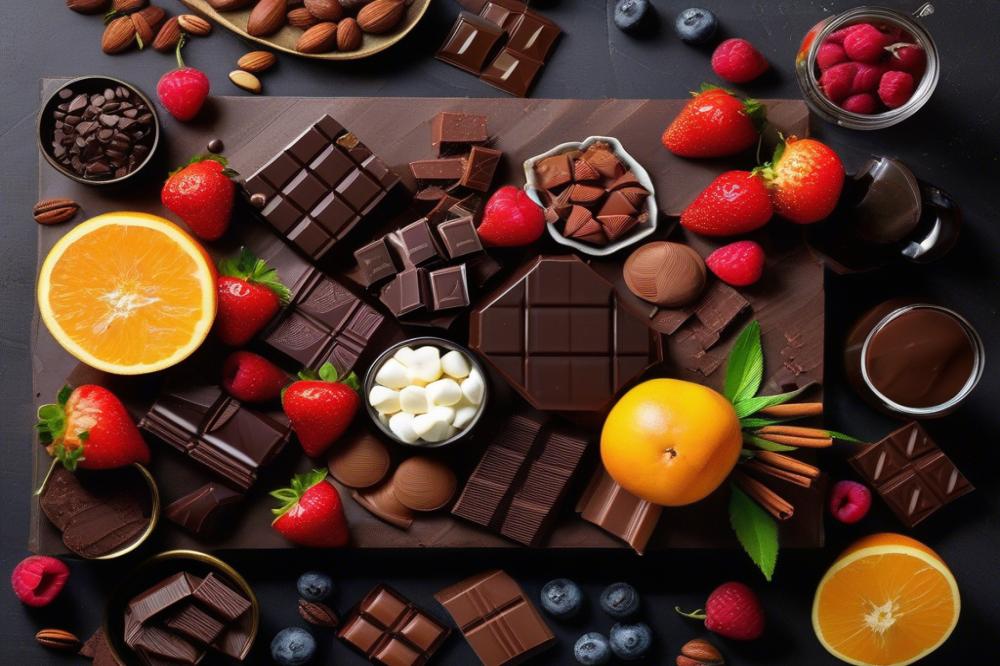
Cacao origin plays a critical role in determining the tasting notes a chocolate connoisseur will experience. Each region offers distinct flavors shaped by the environment, climate, and farming methods. Variations in soil type, rainfall, and even elevation contribute to different taste profiles. For example, cacao from Ecuador tends to have floral and fruity notes, while beans from Madagascar often bring bright acidity and citrus hints.
Major cacao-producing regions each possess unique characteristics. In West Africa, cacao generally has a rich, earthy flavor. This contrasts sharply with the creaminess found in chocolates sourced from Central and South America. Crafting fine chocolate involves meticulous attention to these regional distinctions. Artisanal chocolate makers often highlight these differences in their products, promoting single-origin chocolates that tell a story with every bite.
Exploring fine chocolate can be a journey through taste. Each piece can introduce you to a world of flavors that change based on origin. Dark chocolate collections often feature tasting notes that range from nutty to spicy or even velvety. Pairing these distinct flavors with wines, fruits, or nuts enhances the indulgence of the experience. Sourcing cacao sustainably also adds value, allowing chocolate lovers to enjoy their treats with a clear conscience.
For health benefits, certain types of fine chocolate can be beneficial due to their cocoa content. Dark varieties are often touted for antioxidants, which can contribute positively to overall health. However, the key lies in the quality of ingredients used. High-quality, artisanal products crafted from pure cacao can provide greater benefits when compared to mass-produced alternatives.
Health Benefits of Dark Chocolate
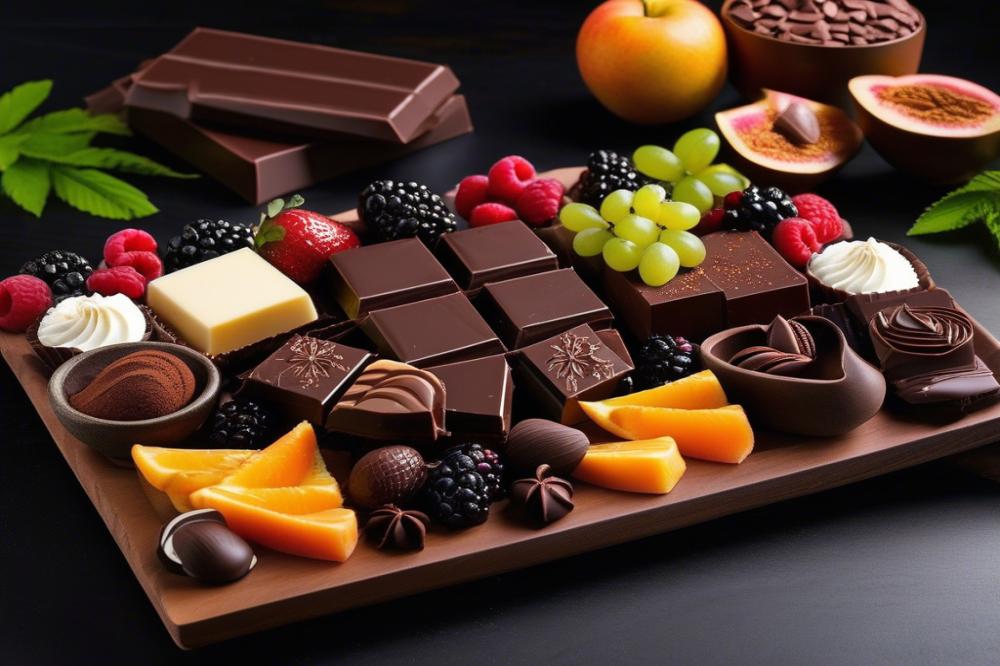
Many people enjoy the rich flavor of dark chocolate, but it’s also packed with health benefits. This gourmet food contains essential nutrients that can enhance well-being. Nutritional aspects play a significant role in its appeal, offering a delicious way to indulge while reaping rewards.
Antioxidants and Heart Health
A key component in dark chocolate is its high antioxidant content. These antioxidants help combat free radicals in our bodies, which can lead to various health issues. Studies have shown that these compounds can support heart health, promoting better circulation and a lower risk of heart disease. Interesting tasting notes often accompany fine chocolate, as many artisans infuse their products with different flavors that complement these health benefits.
Health Trends and Popularity
The rise in health-conscious living has contributed to the growing popularity of artisanal chocolate. As people seek products that provide nourishment rather than just sweetness, fine chocolate makers have responded by spotlighting the health benefits. Many connoisseurs now appreciate dark chocolate not just for its taste but for its potential to improve well-being. Sustainable cacao origin is also an important factor, as consumers look for ethically produced options that align with their values.
Chocolate pairings with fruits, nuts, or even wine create a gourmet experience that feels indulgent. This combination of enjoyment and health has led to an increase in demand. The trend emphasizes quality over quantity, pushing manufacturers to create remarkable products that stand out in a crowded market.
Sustainability in the Chocolate Industry
The rise of the dark chocolate market has brought new attention to sustainability in cacao sourcing. Many consumers are increasingly concerned about where their food comes from. This shift in mindset has motivated chocolate makers to adopt more ethical practices. Sustainable cacao sourcing is essential for preserving the environment and supporting local farmers. When cacao is grown sustainably, it protects biodiversity and helps maintain healthy ecosystems.
Artisanal chocolate brands are often at the forefront of these eco-conscious efforts. They prioritize sourcing beans from farms that follow fair trade principles. These practices uplift communities and offer farmers fair wages. By choosing fine chocolate made from ethically sourced cacao, consumers support these important initiatives. Many chocolate makers also participate in programs that promote reforestation and reduce carbon footprints.
Consumer preferences are evolving. People are not just looking for rich indulgence; they want to feel good about their choices. Shoppers now seek products that align with their values, choosing brands committed to sustainability. Health benefits are another factor driving this trend. Dark chocolate can be a delicious treat that also offers antioxidants, making it a more attractive option. Plus, thoughtful tasting notes make each bite an exploration of flavors that pair wonderfully with wine or coffee.
A growing number of connoisseurs are discovering the depth of flavors in sustainable chocolates. Many appreciate the unique profiles that come from specific cacao origins. These distinct characteristics create exciting chocolate pairings. It can be a delightful experience to savor different varieties and understand their stories. Overall, the rise of sustainability is changing the chocolate landscape, creating both a delicious and responsible indulgence.
The Connoisseur’s Guide to Dark Chocolate
Tasting Notes and Flavor Profiles
When exploring fine chocolate, you will find a range of complex flavors. Certain varieties boast rich notes of coffee and deep caramel, while others may surprise you with fruity or floral hints. Each piece tells a story, influenced by its cacao origin. Artisanal chocolate makers often highlight these tasting notes on their packaging. This detail allows you to appreciate the craftsmanship behind each bar. Take time to pause and savor. The flavors evolve with each bite, revealing the depth and nuances that set gourmet varieties apart from regular chocolate.
Chocolate Pairings with Wine, Cheese, and Other Foods
Pairing can enhance the experience significantly. For example, a bold cabernet sauvignon complements dark chocolate beautifully. The wine’s structure matches the chocolate’s intense flavor. If you’re opting for cheese, consider something creamy and rich, like a triple-cream brie. The creaminess balances the intensity of the chocolate. Additionally, fruits like raspberries or figs provide a refreshing contrast. Savoring these combinations creates indulgent moments that linger in your memory.
Tips for Savoring Dark Chocolate for Indulgence
Indulgence starts with the right environment. Find a quiet spot where you can fully immerse yourself. Hold a piece of fine chocolate in your hand briefly. Feel its texture. Let it warm just a bit before tasting. Next, break a piece and listen to the satisfying snap. This indicates quality. Place it on your tongue and allow it to melt slowly. Notice the flavor changes as it dissolves. Focus on your senses. This attention transforms a simple treat into a rich experience. Health benefits can play a role in your appreciation too. Dark chocolate can be beneficial when enjoyed in moderation. Choosing sustainable brands supports both your palate and the environment. Overall, every small step enhances enjoyment and appreciation for this elevated confection.
Final Thoughts on the Gourmet Trend
The transformation of dark chocolate into a gourmet product is remarkable. Over the years, it has evolved from being just a sweet treat to a sophisticated delicacy. People now appreciate its rich flavors and complex textures. Craftsmanship plays a big role in this. Artisanal brands highlight quality ingredients and careful production methods. This adds to the allure and uniqueness that many consumers seek today.
Its position in culinary culture has changed significantly. Chefs and home cooks alike incorporate it into various dishes, not just desserts. It can enhance savory meals, beverages, and even snacks. Gourmet pairings with wine, cheese, or fruit are becoming more popular. As more individuals discover the health benefits, the appreciation for this product continues to grow. Consumers look for indulgence that also offers something beneficial.
Looking ahead, the market for this special treat shows promising potential. Demand is increasing for high-quality options. This presents opportunities for both established brands and new entrants. Innovations in flavors and production techniques could attract even more fans. As the interest in sustainable sourcing grows, producers might focus on ethical practices. This could further enhance the appeal of dark chocolate among conscious consumers.
In summary, the rise of this particular product has created a new wave of excitement in the world of gourmet foods. Enthusiasm around its diverse uses and positive aspects suggests a bright future. It seems clear that dark chocolate is here to stay, captivating the palates of many for years to come.

